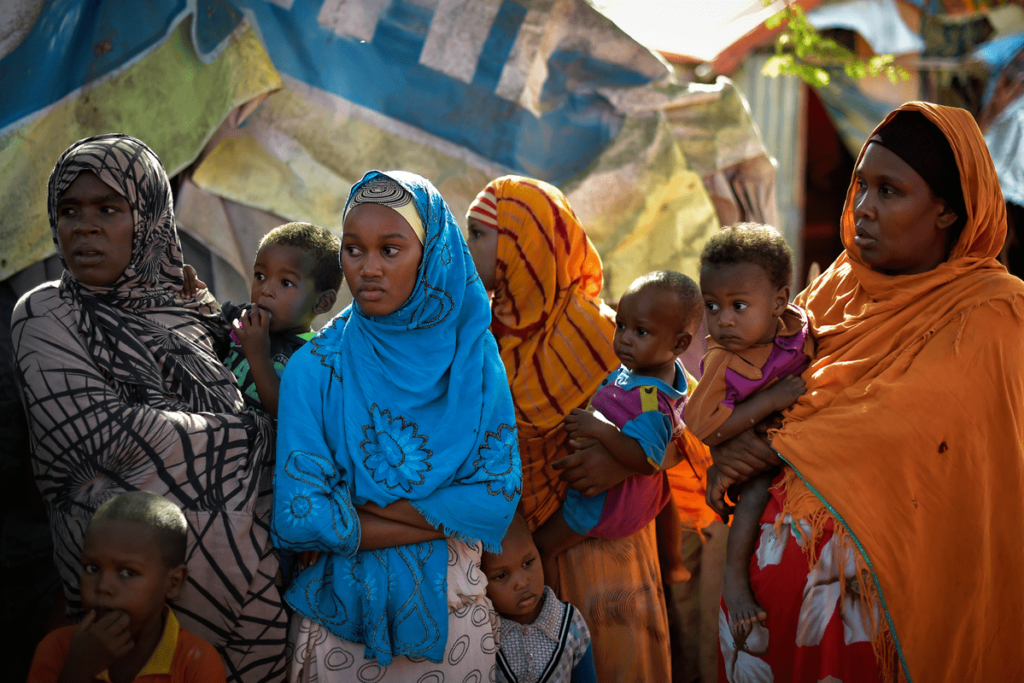Today’s global socio-economic conjuncture is characterized by urban transformations, the growth of cities, mass human displacement, and deep social inequalities. This article suggests that urban planning is a crucial factor for navigating this articulation, for better or for worse.
By examining the Resilient Plans of several cities from around the world, this article explores prominent patterns, trends and clues that indicate the limitations and potential of this specific city’s planning mindset. The findings show that there are topics related to sustainability and economic growth that are dominant across the documents, very often as central strategic lines connected to concrete policy indications. Topics related to migration and gender have substantial variations from city to city and frequently receive less focus than other topics. Nonetheless, it is possible to identify specific cases with great potential in the studied documents. The limitations and potentialities exposed by this study indicate the need of re-energizing the Resilient Plans and not abandoning them, integrating migration and gender to the planning process and re-evaluating the cities’ aspirations for their future.
The proclamation that we now live in an “urban age” – based on the perception that the majority of people live in urban rather than rural areas – indicates the relevance of cities and their significance in a fast-paced globalized world (see UN-Habitat, 2015). Intense flows of people, climate change and inequality are just some trends that are often understood as the crucial challenges of our times.
The United Nation’s 2030 Agenda for Sustainable Development (UN 2015) structured a global normative framework – particularly through the Sustainable Development Goals – that indicates pathways to be pursued in order to deal with shared global challenges. It is important to notice that gender [1] and migration [2] are central topics in the guidelines proposed by the 2030 Agenda.
Additionally, the relevance given to urban settlements is an important suggestion of the central role of cities in this process and is captured in the stand-alone goal to achieve inclusive, safe, resilience and sustainable cities. The New Urban Agenda (UN-Habitat, 2016) elaborates a set of goals and guidelines on how to achieve this vision, framing urban planning as a central issue to global action [3].
The 100 Resilient Cities (100RC) project [4] – pioneered by the Rockefeller Foundation – aims to develop a resilient framework [5] for city planning that supports a global network of cities. This network is composed of 100 cities from all around the world. This endeavour disseminates tools that evaluate the cities’ resilience and promote the elaboration of a resilience strategy for them. The resulting documents showcase the materialization of the articulation between a resilient framework and city planning. How well-equipped are they to face today’s challenges? What can we learn from this planning mindset? What are the main potentialities and limitations of this process?
Assessing City Resilient Plans Across the World
This article engages in an exploratory examination of published resilient plans in 24 cities around the world [6]. These cities are all part of the “100 Resilient Cities” network and have recently published Resilient Plans in PDF in English or Spanish. The criteria for selecting case studies prioritized diversity, resulting in a sample of cities from all around the world, with different cultural backgrounds and varied urbanization challenges. The main goal of this exploration is to identify patterns in the planning processes across different contexts.
What do the plans say? It is characteristic of the resilient planning mindset to produce a specific long-term vision and indicate the central elements that must be focused on in order to achieve the city’s future aspirations. These elements constitute what is often called the strategic pillars of the plan. Consecutively, these pillars branch out to goals that will subsequently result in practical actions (policies, projects, proposals).
The first step of this exploration focused on the main strategic pillars that structure the plans’ visions and steer the following sections of the documents. The content analysis of the resilient plans identified the main strategic pillars activated throughout the cities. “Sustainability” and “Economic Growth” are dominant topics across the sample, indicating a high prioritization of these themes. It is important to highlight that the definition of strategic pillars have pervasive consequences on the rest of the documents and result in the materialization of specific actions to be taken.
Topics related to “gender” were absent in all of the strategic pillars examined and topics related to “migration” were only present in one of the studied cases (Rome). These findings lead to the further investigation of how these two topics are represented in the documents and assessing how well-equipped the resilient plans are in relation to them. A word-frequency examination was undertaken, seeking patterns in the relevance given to topics and focusing on localizing “gender” and “migration” in relation to other themes.
This examination allows us to visualize the different priorities given to diverse topics across all the documents. Once again, topics related to “Sustainability” and “Economic Growth” were the most common among cities. To put it in perspective, “Sustainability” appears with around 4363 mentions and “Gender” with around 172 mentions, which means that for every time that a topic related to “Gender” is mentioned, a topic related to “Sustainability” is mentioned around 25 times.
What do the Plans say?
The relative low relevance given to “migration” and “gender” leads to an in-depth investigation of every mention across documents, employing a qualitative examination of these mentions in their context and looking for patterns in the way the documents activate these issues. Resulting from this analysis a number of patterns were exposed:
- “Migration” and “Gender” topics are often mentioned in a descriptive manner, often in the overview sections, tables in the appendixes of the documents, demography analysis and population growth statements.
- 11 out of 24 cities have no practical actions (policies, projects, proposals) related to “Migration”.
- 15 out of 24 cities have no practical actions (policies, projects, proposals) related to “Gender”.
- 6 out of 24 cities have no practical actions (policies, projects, proposals) related to “Migration” and “Gender”.
- 4 out of 24 cities have no mentions related to “Migration” in their contextual background or demographics analysis.
- 16 out of 24 cities have no mentions related to “Gender” in their contextual background or demographics analysis.
Source: Done by author.
- Cities with high numbers of practical actions (policies, projects, proposals) related one of the topics (“Migration” or “Gender”) tend to also have high practical actions related to the other topic.
- Cities that participated in the “Athens Network Exchange: Cities and the Global Migration Crisis” (2016) have the best results regarding migration.
- The overall results regarding migration are much better than the results of a similar investigation done in “non-resilient” strategic plans across 20 cities in Europe (UNU-GMC, upcoming).
Illustrative Cases:
- Amman and Athens have the documents with the highest numbers of practical actions related to “migration” and “gender” supported by in-depth contextual analysis of these phenomena.
- Athens provides a holistic approach to planning with great potential for complex processes like migration.
- Paris activates migration-related topics in connection with threats, pressures and negative effects, without providing any practical actions.
Conclusions
The investigated Resilient Plans indicate a weak engagement with “migration” and “gender” related topics in their planning practices. Simplistic indications, shallow historical overviews and isolated projects are inadequately equipped in face of the nuanced multidimensional challenges faced by cities. This examination exposes some of the limitations of the Resilient Plans when dealing with migration and gender, but this does not mean that resilient planning at the city level should be abandoned, on the contrary, some of the studied cities showed interesting pathways that indicate that this planning process has the potential to be re-energized.
Recommendations
- Network events are a positive factor in relation to migration and gender issues, therefore international congresses, meetings and conferences should be reinforced and expanded.
- It is crucial to connect migration processes and gender issues to an integrated city project; therefore, it is recommended that holistic approaches to the planning process are incentivized.
- It is central to relocate migration and gender as strategic pillars of the documents. Migration and gender should be ignited as central categories for constructing a shared aspiration for the city.
- Most Resilient Plans indicate the need for additional planning processes in a coherent manner. That indicates that Resilient Plans should create further synergic articulations with other steps of the planning process (e.g. Master Plans, Strategic Plans and Action Plans) in order to avoid shattering the planning process into isolated plans.







